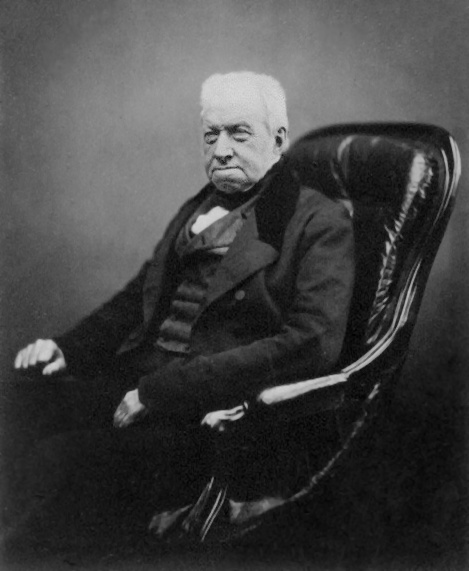William (1878–1918) and Katherine (1876–1969) Blackman and their family arrived at Swift Creek in 1915. Emigrants from Germany, the family moved to the United States in the early 1900s, and came to Canada in 1911. William worked at coal mines in Cadomin and Pocohantas in Alberta. After their move to Swift Creek, William walked to Prince George and back to register their homestead claim. When William died in 1918 at 38 years old, Katherine was left with ten children, aged from one to seventeen years: Tracie, Kathryn, William Jr., Henry, Theodore, Agnes, Charles, Frank, John, and Olive. Numerous descendants live in the Robson Valley.
BC Archives — William Blackman interview
Interviewed by Imbert Orchard, location unknown, 1960s
Mr. William Blackman describes his father, a miner who came from Ohio. William was born in Pennsylvania, and he describes how his father went west to Strathcona, Alberta, as a packer. He describes the family as they traveled across Alberta, including time at the Pocahontas Mine, until settling in Mile 49, which was then the end of the Grand Trunk Pacific Railroad. He describes the area around Cranberry Lake at that time. He describes the family homestead around 1906. He discusses several of the old timers who surveyed the land around that time. Mr. Blackman describes a winter where the temperature got down to 60 degrees below zero in 1915 and 1916. He continues to describes winters and how the weather was tough and working for a lumber company. He describes the now abandoned town of Lucerne; the activities there; the CPR; and the lumber industry. He describes journeys down the Canoe River including the geography. Mr. Blackman offers anecdotes about the hot springs off the Canoe River and then describes lakes in the area and more on the Canoe River. He describes Swift Creek and the boating activity there. He describes the river from Mile 49 to Golden and how some of it was impassible. He describes several ways to get into the area, mentioning the towns and geography, including trading routes. He describes Athabasca Pass; the CPR; the Yellowhead and general difficulties of passing through the area. He discusses Indian reservations at Tete Jaune. He tells an anecdote of an Indian, Johnny Moullier, who came through the area who walked from Mile 49 to Chu Chua in 1916. More anecdotes about people carrying things along the Canoe River in 1908.
Mr. Blackman discusses an expedition up north on a survey party to the Peace River Country in great detail, including anecdotes about the experience, people who worked on the survey and the jobs they did, and the geography in detail. TRACK 2: Mrs. E. Blackman describes how her father, Arthur ‘Curly’ Cochrane, worked as a cook on the Grand Trunk Pacific Railway in 1911. She was born near Montreal and she describes her family, their farming practices and the family homestead. She describes Tete Jaune as it was when she was a child. She discusses the produce on the farm and nearby; farms. She discusses the area between Dunster and McBride. She discusses the variety of berries in the area, which they would sell to the railroaders. She discusses the post-WWII boom in the area.
